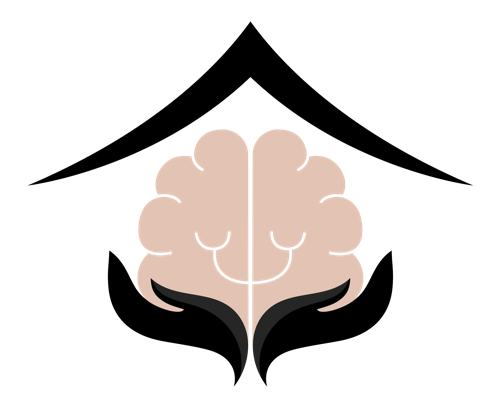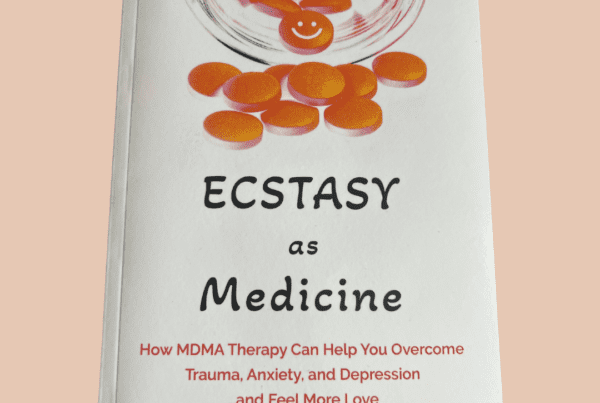The world of mental health treatment is witnessing a renaissance, and psychedelic medicine is at the forefront. Traditional treatments for conditions like depression, PTSD, and anxiety have varied in their efficacy, prompting the search for alternative therapeutic modalities. Among the most researched and discussed are ketamine, psilocybin, and MDMA therapies. In this article, we’ll delve into the intricacies of each and compare their applications, benefits, and challenges.
Ketamine Therapy
Application: Ketamine, initially known as an anesthetic, has shown significant promise as a treatment for treatment-resistant depression and various other mental health conditions.
Benefits:
- Rapid Onset: One of ketamine’s standout benefits is its rapid relief from depressive symptoms, often within hours of treatment.
- Treatment-resistant Depression: Especially effective for those who haven’t responded to traditional antidepressants.
- Neuroplasticity: Encourages neural growth and connections, which can aid long-term recovery.
Challenges:
- Dissociative Effects: Ketamine can lead to out-of-body experiences or disconnection from reality.
- Short-lived Relief: Some patients might need frequent doses to maintain benefits.
Psilocybin Therapy
Application: Psilocybin, the active compound in “magic mushrooms,” has been researched for its potential in treating depression and anxiety, especially related to terminal illnesses and addiction.
Benefits:
- Profound Experiences: Many report transformative, introspective experiences that can lead to lasting personal insights.
- Long-lasting Effects: A single session can produce psychological benefits that last several months.
- Decreased Ego: This can lead to a dissolution of one’s sense of self, which has therapeutic potential in shifting problematic behavioral and thought patterns.
Challenges:
- Varied Reactions: Some might experience challenging or frightening episodes during their trip.
- Legal Restrictions: It’s still illegal in many places, limiting its accessibility and research potential.
MDMA Therapy
Application: MDMA, commonly known as “Ecstasy” or “Molly” in its recreational form, is being studied for PTSD, anxiety related to terminal illness, and couples therapy.
Benefits:
- Empathy and Openness: Facilitates a strong therapeutic alliance by increasing feelings of trust and safety.
- Trauma Processing: Allows patients to revisit traumatic memories without the associated fear and pain.
- Neurochemical Boost: Increases levels of serotonin, dopamine, and oxytocin.
Challenges:
- Neurotoxicity Concerns: Repeated use can be harmful to serotonin-producing neurons.
- Post-session Depression: Some users report feelings of melancholy as the drug wears off.
- Legal Status: Like psilocybin, MDMA’s legal status can limit access and research.
Conclusion:
Ketamine, psilocybin, and MDMA therapies all fall under the psychedelic medicine umbrella, and have distinct mechanisms of action, benefits, and challenges. As research progresses, individualized approaches might emerge, tailoring specific treatments to patient needs. With careful consideration and the right therapeutic guidance, these substances could revolutionize the mental health landscape.
It’s essential to note that while the potential of these treatments is vast, they should always be undertaken with trained professionals in appropriate therapeutic settings. As the field grows, ensuring safe and evidence-based practices will be paramount.



